When it comes to uncovering undervalued stocks, Grenke - a European financial enterprise specializing in leasing - has sparked recent interest. With a market cap of €643 million, a P/E ratio of 9.6, and a dividend yield near 2.9%, this company presents itself as a potential opportunity for investors willing to evaluate its significant challenges.
Understanding Grenke's Decline and Current Position
Grenke’s stock price has seen a steep decline, falling more than 80% since 2018. This drop raises questions, but also presents an intriguing case for value investors. Historically, Grenke started in Germany and has expanded globally, most recently entering markets like the United States, with plans to grow further into Canada, the US, and Australia.
The company's primary business is financing through leasing, a niche that could see substantial growth in these newer markets. However, investors must carefully assess its earnings trajectory and the risks associated with its operations.
A Closer Look at Earnings and Future Prospects
Key to evaluating GR is its earnings guidance. For 2025, Grenke projects earnings to grow to €71–€81 million, alongside increased business activity. A critical risk factor, however, is its loss rate, expected to hit 1.6% in 2025—an increase from prior years.
While the company has utilized its earnings effectively in the past—primarily through dividends and share buybacks—its growth has been moderate. Earnings from the last five years hover around €90–€100 million, significantly lower than its pre-2020 peak of over €150 million. A return to higher earnings could result in the stock price doubling, though challenges persist.
Navigating Grenke's Debt: A Double-Edged Sword
Debt represents a major concern for Grenke. With €6 billion in liabilities, including €3.22 billion in short-term debt and €3.3 billion in long-term debt, the company faces heightened financial pressure. High interest rates, currently around 3–4%, exacerbate this burden. Grenke's ability to manage its operational costs and debt obligations will determine its earnings stability and potential for growth.
Despite these issues, the company holds over €974 million in cash, exceeding its market cap. If management can effectively mitigate these risks, particularly by refinancing debt at favorable terms and maintaining operational efficiency, the company's earnings and stock price could see a rebound.
The Upside and Risks of Investing in Grenke
At its current valuation, Grenke appears fairly priced for a potential 10% annual return, provided it can sustain modest earnings growth. Optimistically, the stock price could double if earnings increase from €70 million to €100 million. However, high debt levels and potential mismanagement pose significant downside risks.
For risk-tolerant investors with a diversified portfolio, allocating 1% of capital to Grenke might be worth considering. If macroeconomic factors like declining interest rates or improved market conditions align in the stock's favor, the stock could recover to previous levels of €50 or more. That said, cautious investors may want to wait for a higher margin of safety and a valuation below €500 million, ensuring better protection against potential pitfalls.
Conclusion
Grenke exemplifies a high-risk, high-reward investment. While the stock presents opportunities for value hunters, it also demands careful scrutiny of its debt, operational risks, and earnings potential. For those willing to balance the risks, the stock could offer a unique avenue for growth in a challenging market environment.
Disclaimer: This article is for informational purposes only and does not constitute financial advice. Please consult a financial advisor before making investment decisions.
https://youtu.be/HxICT7rgzlw?si=mIr5yjB4XZouGfIK
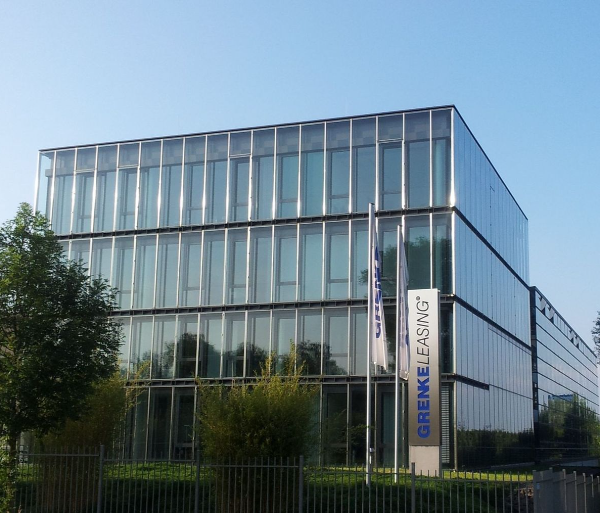


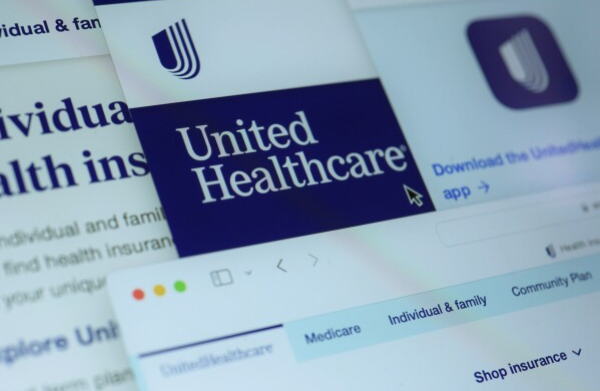






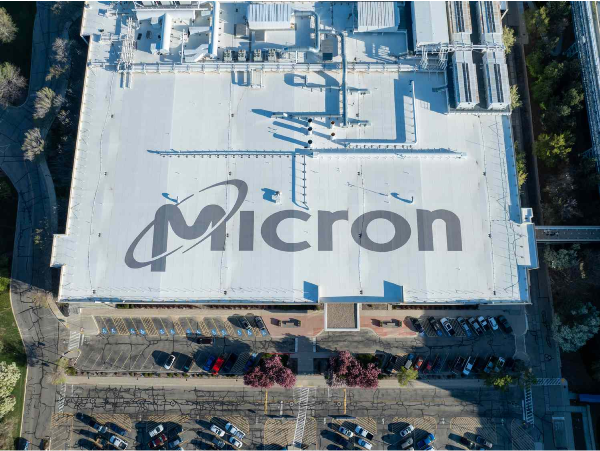

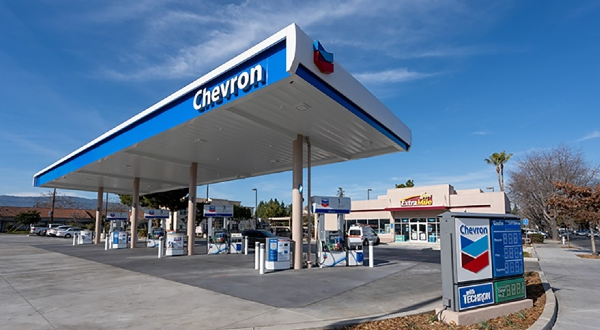
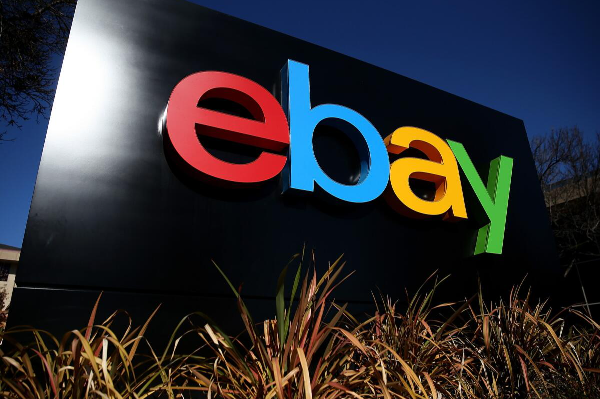
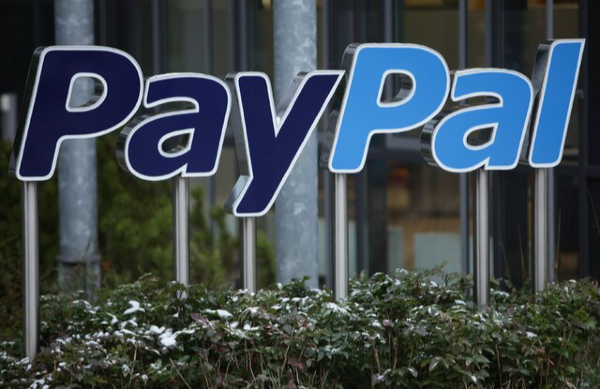




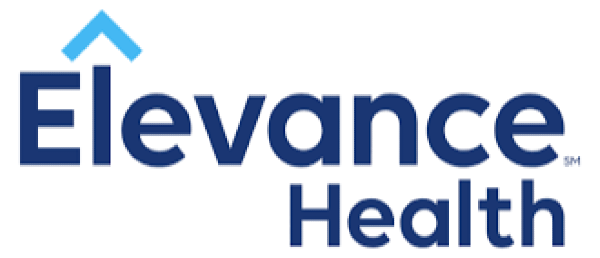
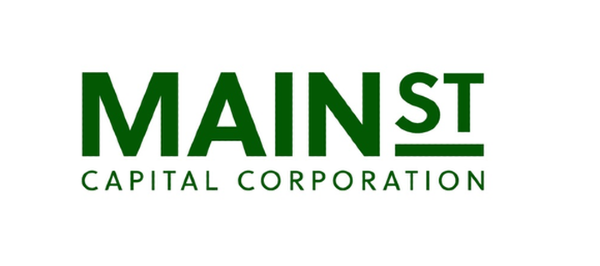



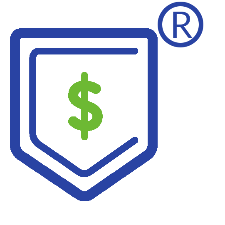




When it comes to uncovering undervalued stocks, Grenke - a European financial enterprise specializing in leasing - has sparked recent interest. With a market cap of €643 million, a P/E ratio of 9.6, and a dividend yield near 2.9%, this company presents itself as a potential opportunity for investors willing to evaluate its significant challenges.
Understanding Grenke's Decline and Current Position
Grenke’s stock price has seen a steep decline, falling more than 80% since 2018. This drop raises questions, but also presents an intriguing case for value investors. Historically, Grenke started in Germany and has expanded globally, most recently entering markets like the United States, with plans to grow further into Canada, the US, and Australia.
The company's primary business is financing through leasing, a niche that could see substantial growth in these newer markets. However, investors must carefully assess its earnings trajectory and the risks associated with its operations.
A Closer Look at Earnings and Future Prospects
Key to evaluating GR is its earnings guidance. For 2025, Grenke projects earnings to grow to €71–€81 million, alongside increased business activity. A critical risk factor, however, is its loss rate, expected to hit 1.6% in 2025—an increase from prior years.
While the company has utilized its earnings effectively in the past—primarily through dividends and share buybacks—its growth has been moderate. Earnings from the last five years hover around €90–€100 million, significantly lower than its pre-2020 peak of over €150 million. A return to higher earnings could result in the stock price doubling, though challenges persist.
Navigating Grenke's Debt: A Double-Edged Sword
Debt represents a major concern for Grenke. With €6 billion in liabilities, including €3.22 billion in short-term debt and €3.3 billion in long-term debt, the company faces heightened financial pressure. High interest rates, currently around 3–4%, exacerbate this burden. Grenke's ability to manage its operational costs and debt obligations will determine its earnings stability and potential for growth.
Despite these issues, the company holds over €974 million in cash, exceeding its market cap. If management can effectively mitigate these risks, particularly by refinancing debt at favorable terms and maintaining operational efficiency, the company's earnings and stock price could see a rebound.
The Upside and Risks of Investing in Grenke
At its current valuation, Grenke appears fairly priced for a potential 10% annual return, provided it can sustain modest earnings growth. Optimistically, the stock price could double if earnings increase from €70 million to €100 million. However, high debt levels and potential mismanagement pose significant downside risks.
For risk-tolerant investors with a diversified portfolio, allocating 1% of capital to Grenke might be worth considering. If macroeconomic factors like declining interest rates or improved market conditions align in the stock's favor, the stock could recover to previous levels of €50 or more. That said, cautious investors may want to wait for a higher margin of safety and a valuation below €500 million, ensuring better protection against potential pitfalls.
Conclusion
Grenke exemplifies a high-risk, high-reward investment. While the stock presents opportunities for value hunters, it also demands careful scrutiny of its debt, operational risks, and earnings potential. For those willing to balance the risks, the stock could offer a unique avenue for growth in a challenging market environment.
Disclaimer: This article is for informational purposes only and does not constitute financial advice. Please consult a financial advisor before making investment decisions.
https://youtu.be/HxICT7rgzlw?si=mIr5yjB4XZouGfIK